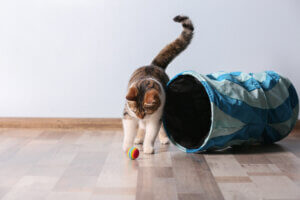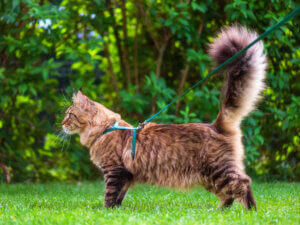Complexity of Skin Disease
We wish we had one simple solution for your pet’s skin problems but due to the complexity of skin issues, multiple diagnostic tests and elimination trials are often needed to reach a diagnosis.

What causes skin disease in dogs?
There are a number of causes for skin disease in dogs including:
- Parasites such as fleas or mites
- Allergies to environmental factors such as pollen, plants, mould, insects and grass
- Allergies due to food, preservatives or ingredients in human or animal products
- Bacteria or yeast overgrowth, either as a primary problem, or secondary to an allergy
- Underlying medical or genetic conditions that can contribute to poor skin health.
With such an extensive list of factors to consider, you can start to see why it often takes multiple vet visits and routes of investigation before we are able to come up with a diagnosis and best treatment.
Many diseases look the same, and one disease can present in different ways – it’s tricky!
The skin can only react to a problem in limited ways – such as redness, itching, hair loss, pustules or nodules. Therefore many different diseases may cause the same change to the skin (food allergies, scabies mites and bacterial infections all cause itch, but require very different treatments!).
Additionally, one disease can show multiple symptoms such as demodex mites causing hair loss, redness AND pustules.
Even after diagnosis, regular check-ups may be needed. When your dog’s skin condition “flares up” you should let us know – we may need to do additional testing to see whether the condition has changed or whether secondary infection is present. Regular check ups will ensure your pet’s skin heals effectively and can mean shorter treatment periods. This not only saves money in the long run but most importantly, makes your pet feel better, sooner!
How can I prevent skin disease in my dog?
Unfortunately skin disease is not always preventable, but there are steps you can take at home to minimise certain symptoms.
For animals with allergies – bathing with Aloveen Shampoo will help to remove allergens from the coat and soothe dry, irritated skin.
For animals prone to skin infections – bathing with Malaseb Medicated Shampoo or Pyohex Medicated Shampoo once a week to once a fortnight all year round can reduce bacteria and yeast and prevent overgrowth.
For more information on skin disease please speak with one of our vets or nurses or make an appointment today (02 9797 2555/contact@summerhillvillagevet.com)
Need a print out? Click here to download our PDF on the Complexity of Skin Disease

 Play time:
Play time: